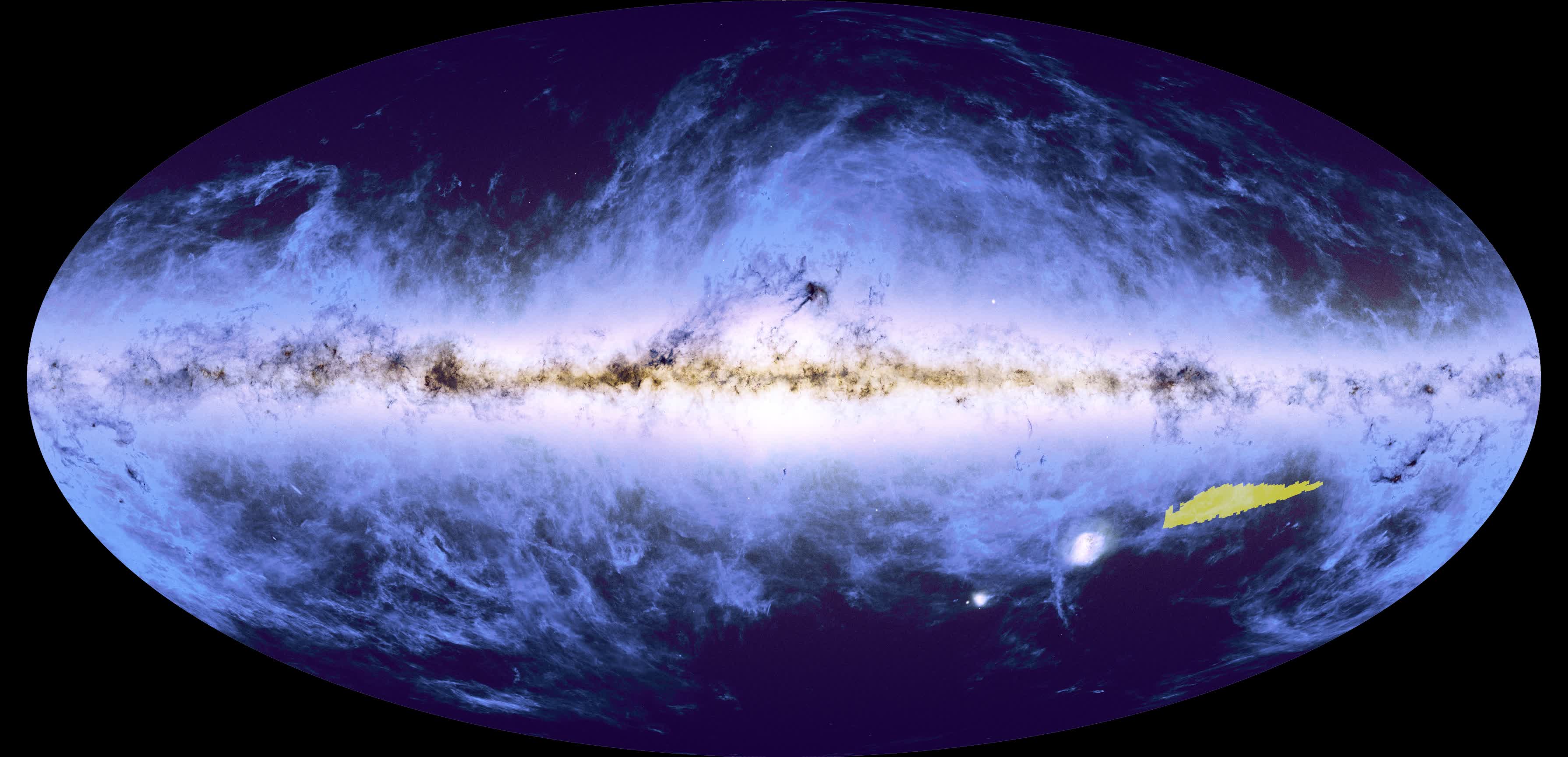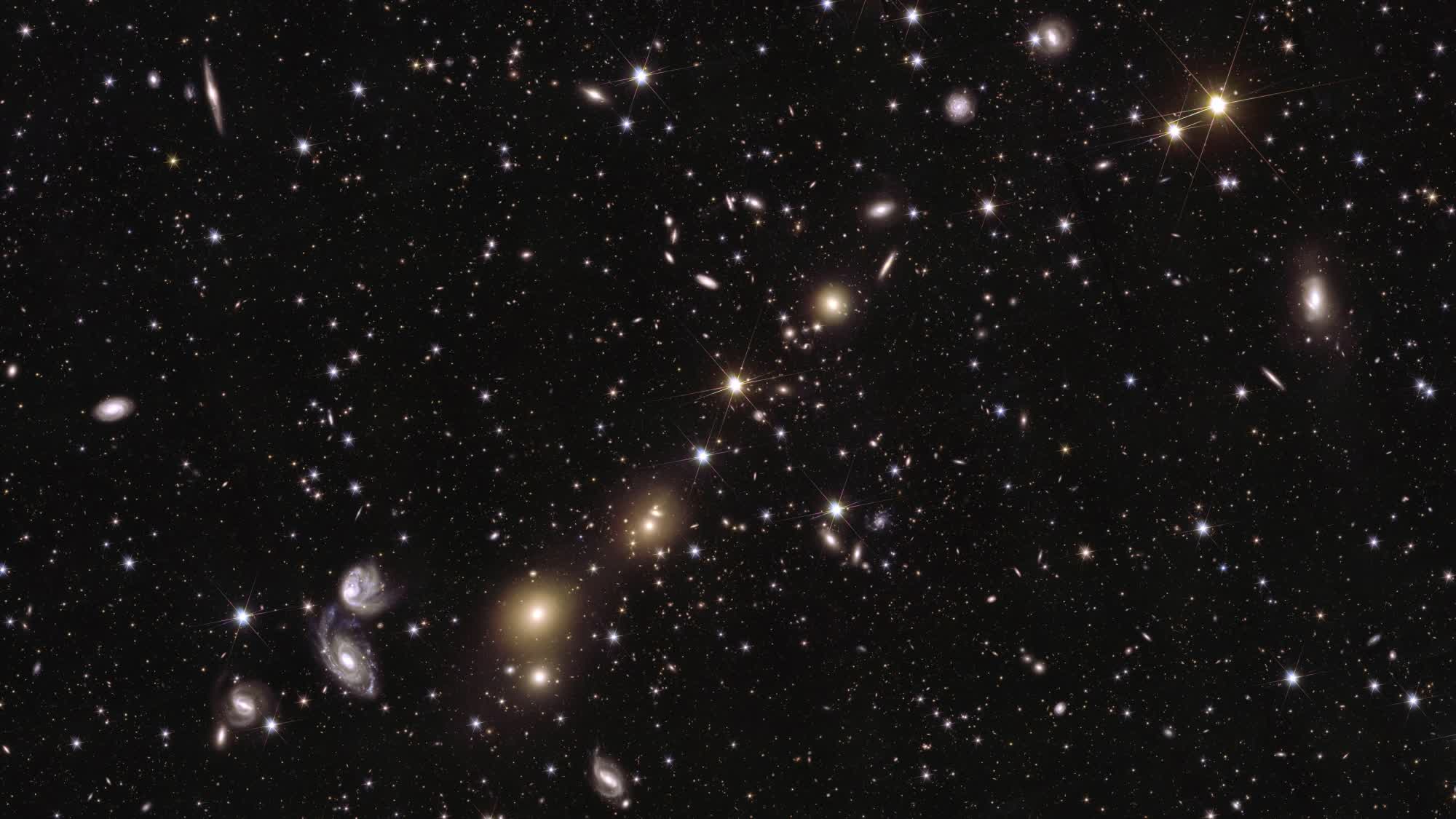What just happened? The European Space Agency has published a snippet of a mosaic of the night sky captured by the Euclid space telescope. The image consists of 260 observations made between March 25 and April 8, 2024, and covers 132 square degrees of the southern sky. That's more than 500 times the area of the full Moon, yet represents just one percent of the survey Euclid is expected to capture over its six-year mission.
Euclid launched from Florida's Cape Canaveral on July 1, 2023, and sent back its first test photos just one month later. The telescope is equipped with a 600-megapixel camera tasked with mapping more than a third of the sky – out to 10 billion light-years – over the coming years to create the largest 3D cosmic map ever.
The one percent snippet published by the ESA contains a mind-boggling 100 million stars and galaxies, and really puts into perspective the sheer enormity of the sky. It weighs in at a whopping 208 gigapixels. At 36 times zoom, we can see the core of a galaxy cluster known as Abell 3381, which is located 470 million light-years from Earth.
Zooming to 150x brings us in even closer, but the real beauty comes at 600x zoom where the intricate structure of the spiral galaxy cluster is on full display. At 600x, we are seeing just 0.0003 percent of the 208 gigapixel image.
The ESA said the latest release is just a taste of what is to come from Euclid. In March 2025, the space agency plans to release 53 square degrees of the survey, which will include a preview of the Euclid Deep Field areas. The deep survey, which will account for 10 percent of the telescope's total observation time, will involve repeated observations of three small patches in the sky.
Until the ESA releases more data, the highest resolution image of the mosaic currently available is 11K x 11K, and is available to grab over on the ESA's website.

